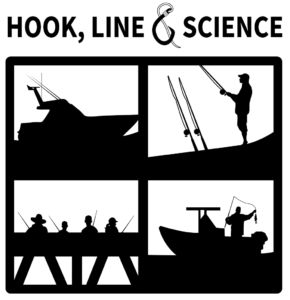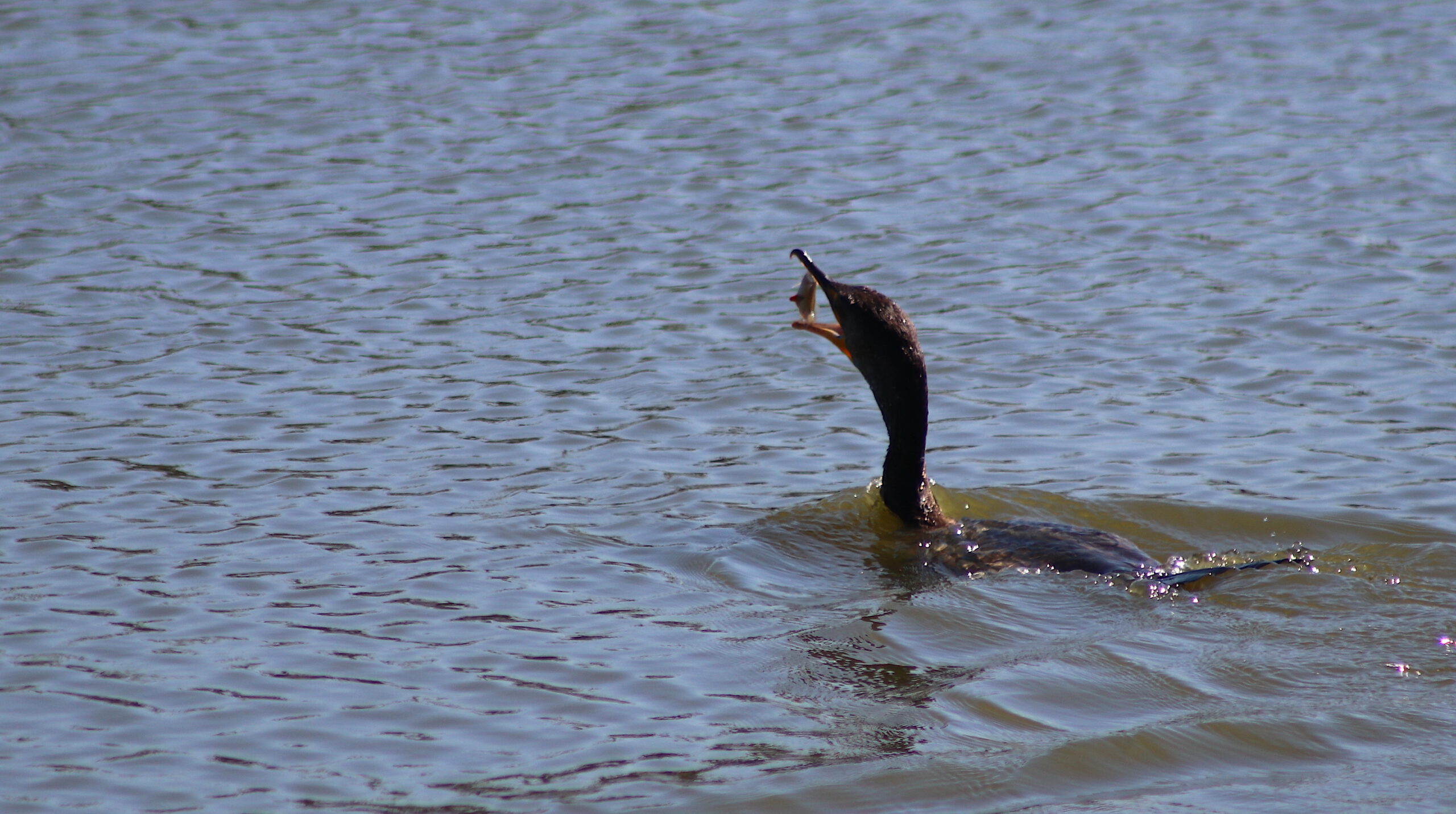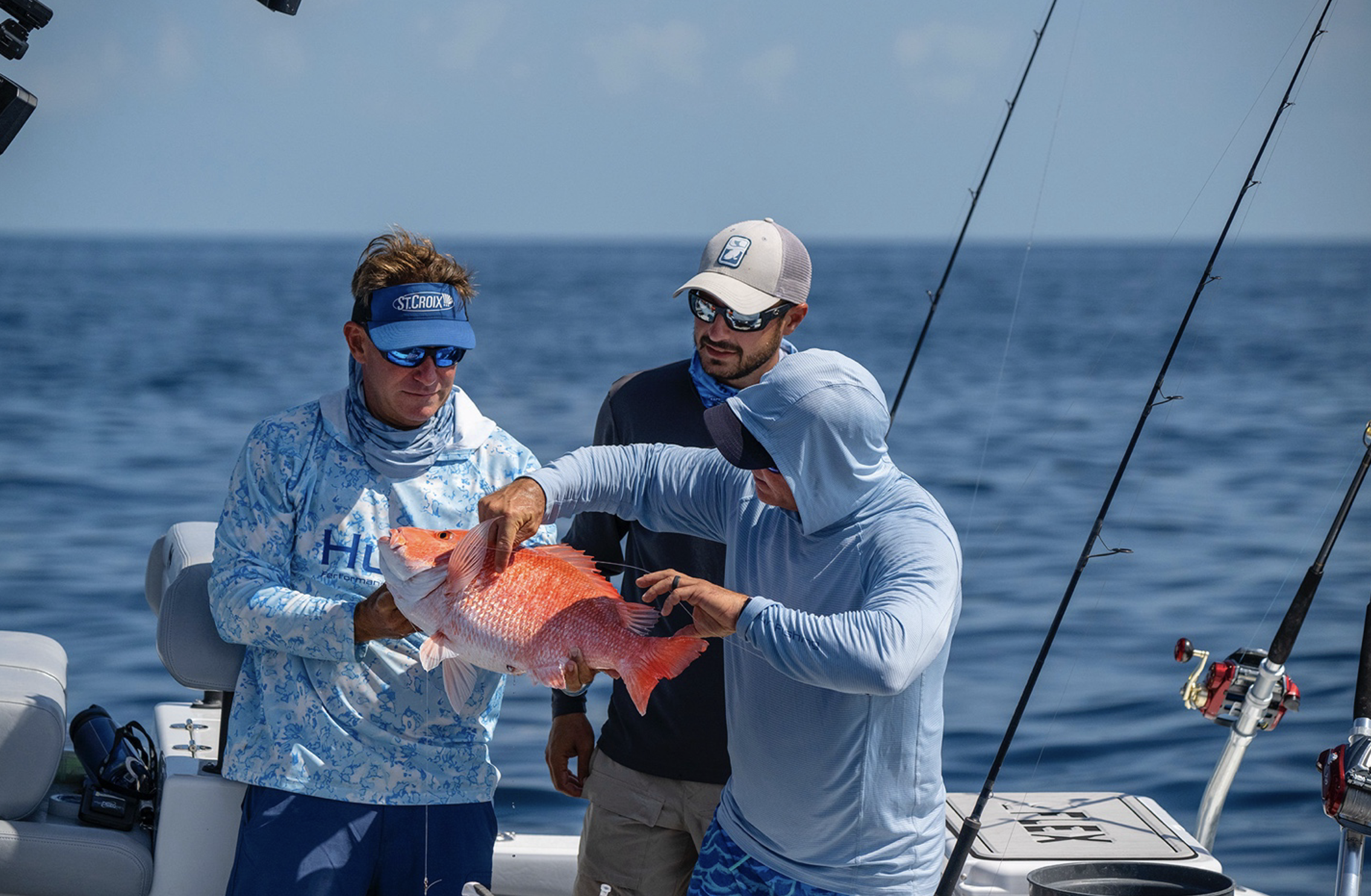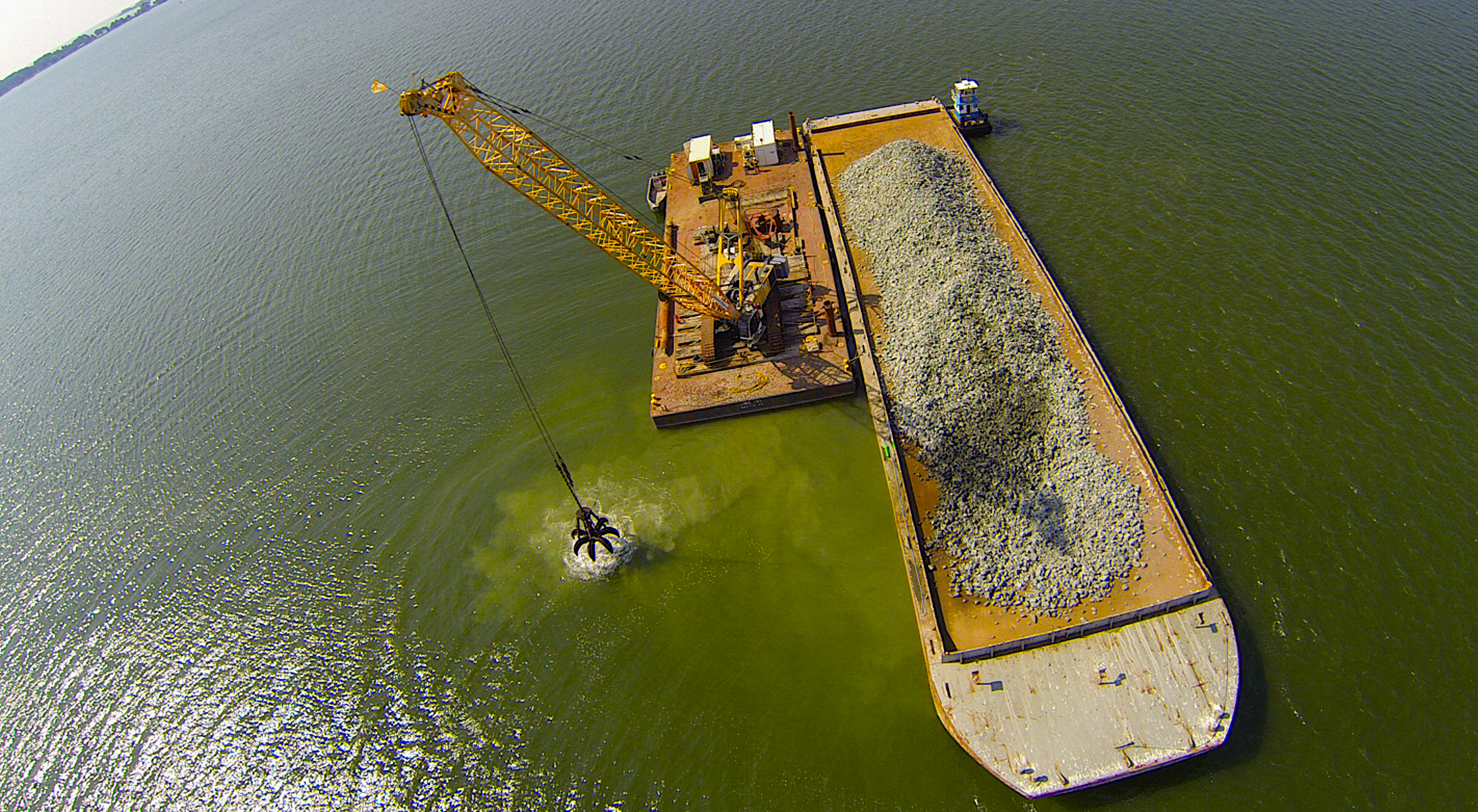These birds consume thousands of metric tons of menhaden along North Carolina’s coast, but the impact might not be as great as scientists thought.
It’s that time of year when thousands of double-crested cormorants descend upon the Carolina coast during their annual migration, creating breath-taking scenes as the striking birds fill the skyline. They’re voracious eaters, however, consuming about a pound of fish per day, with one of their favorites being menhaden — a popular food for sportfish, like striped bass and bluefish.
Research Need
Menhaden of all sizes and ages migrate south around the North Carolina capes to spawn during fall to early winter. Also known as pogy, bunker, fatback or shad, menhaden create a vital connection between the bottom and top of the food chain. That’s why regulators manage the fish for its role in the entire ecosystem and not only for a sustainable harvest.
The recent population recovery of double-crested cormorants has raised concerns about impacts to marine fisheries. Very little is known about the role that migrating and wintering cormorants play within the South Atlantic Bight or about the potential impact the birds might have on the menhaden population specifically.
What did they study?
The research team estimated the number of double-crested cormorants by aerial surveys with a Cessna 172. The flight path covered ocean waters out to three miles, as well as all sounds from Currituck south to Core.
Over the course of two years, the team completed 11 surveys, which each took place from late fall to early spring. A scientific observer recorded the number of birds, estimated the size of flocks, and photographed a subset of flocks.
The team also estimated fish consumption, accounting for the numbers of cormorants and their daily energy intake. Although there have been no cormorant diet studies within the study area, scientists regularly observed foraging flocks over schools of menhaden, which suggests that menhaden likely account for a significant portion of the bird’s seasonal diet.
What did they find?
The team observed similar seasonal patterns, with the largest number of birds (122,000 to 131,000) migrating into the area from late November through mid-December, moving out and reaching a low of 30,000 to 39,000 from mid-January through mid-February, and then moving back through during northward migration from late-February through March (for peaks during this period each year of 67,000 and 68,000).
As for fish consumption, they estimated cormorants consumed approximately 5,334 and 5,660 metric tons of menhaden in the first and second years respectively, within the study area.
Anything else?
Cormorants were widespread throughout the study area but were mostly concentrated within the southern portion. Cormorant density south of Cape Hatteras was six-to-three-fold higher than density north of Cape Hatteras for both years.
So what?
The researchers estimate that the consumption of menhaden by cormorants within the study area represents 4% of fishing (commercial and recreational) take and 7% of the consumption by predatory fish.
In other words, double-crested cormorants appear to have a minor impact on the menhaden population. However, cormorants can consume specific sizes and ages of fish — which may result in differing impacts on reproduction, numbers of offspring, and other factors that affect the menhaden population.
Reading
Watts, B.D., Paxton B.J., Hines, C. & Anderson, S.K. (2023). Estimating potential menhaden consumption by double-crested cormorants along the coast of North Carolina. Frontiers in Marine Science, 10:1193429. doi: 10.3389/fmars.2023.1193429
Funding for this work was provided by the U.S. Fish and Wildlife Service, the North Carolina Wildlife Resources Commission, the North Carolina Watermen Foundation, and The Center for Conservation Biology.
BY SARA MIRABILIO
The text from Hook, Line & Science is available to reprint and republish at no cost, but only in its entirety and with this attribution: Hook, Line & Science, courtesy of Scott Baker and Sara Mirabilio, North Carolina Sea Grant.

- Categories:




